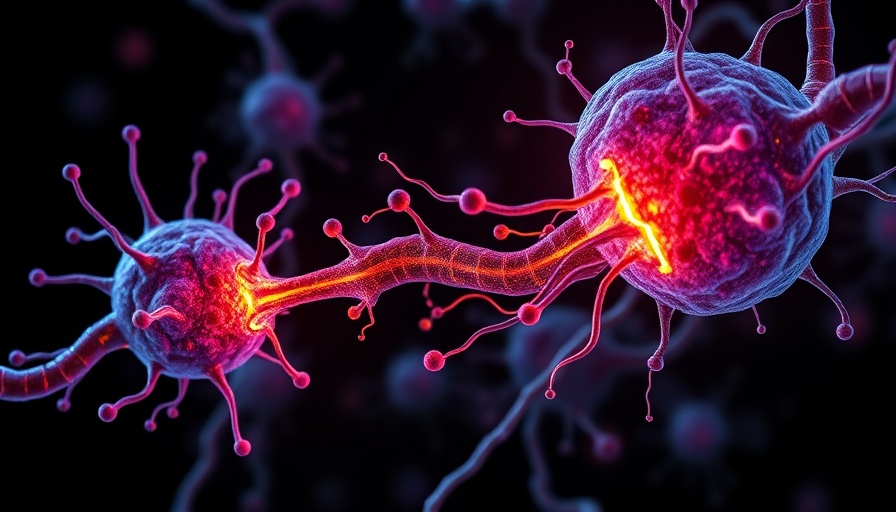
Revolutionizing Liver Regeneration: The Promise of Multi-Zonal Organoids
The recent breakthrough in developing human 'multi-zonal' liver organoids marks a pivotal moment in regenerative medicine. This innovation, led by researchers at Cincinnati Children’s Hospital Medical Center, could significantly improve the survival rates of liver injury in animals and, potentially in humans.
Understanding Liver Function: The Need for Multi-Zonal Structures
The liver operates in distinct zones, each responsible for vital functions that clear waste from the blood. Researchers aimed to design lab-grown liver tissues that replicate this zoning, leading to enhanced functionality. In tests, these multi-zonal organoids, derived from human stem cells, doubled the survival rate of rodents with disconnected bile duct systems.
Addressing Global Health Challenges in Liver Disease
According to the federal Organ Procurement and Transplantation Network, over 9,000 people are waiting for liver transplants in the United States, with approximately 2,000 dying each year while on the list. The advent of these new organoids not only provides a model for studying liver diseases such as diabetes and hepatitis but also holds the promise of eventually creating personalized liver replacement tissues.
What This Means for the Future of Transplants
Researchers like Dr. Takanori Takebe have long advocated for better models to study human liver biology. The successful development of these organoids indicates a significant step toward creating replacement tissues tailored to patients, reducing reliance on donor organs and saving lives in the process.
Conclusion: A Step Toward Revolutionary Treatments
While fully realizing these organoid technologies may take years, the impact on drug development and liver health restoration could reshape how medical professionals approach liver care. The increased understanding of these organoids' function enhances optimism for the future of liver transplant options.
 Add Row
Add Row  Add
Add 




 Add Row
Add Row  Add
Add 


Write A Comment